Once met with caution and hesitancy, Microsoft’s Government Community Cloud High (GCCH) M365 Environment has evolved into an indispensable tool for government-level collaborations. While many organizations were initially opposed to migrating to a GCCH environment, citing concerns over business processes and end-user experience, today’s enhanced version of GCCH is addressing those concerns head-on.
The Turning Point: Cross-Tenant Teams Guest Access
One of the most crucial changes has been the Generally Available (GA) status of the highly requested feature: Cross-Tenant Teams Guest Access. Gone are the days when inter-tenant collaboration was a hurdle. Organizations can now invite users from other tenants into Teams channels they own. This breakthrough has massive implications:
- Rich Collaboration: Say goodbye to disjointed communications and hello to streamlined discussions and decision-making processes.
- Coauthoring: Enjoy seamless real-time collaboration on documents.
- Channel Meetings: Simplify scheduling, conducting, and participating in secure and productive meetings.
- File Sharing: Easily share important files, even meeting recordings, all within the secure Teams environment.
Breaking the Cloud Ceiling: Cross-Cloud Scenarios
The first iteration of GCCH limited collaboration to within the same government cloud. But now, many more scenarios have opened up:
- Cross-Cloud Sharing: You’re no longer confined to your specific cloud environment.
- Free/Busy Sharing & Anonymous Meeting Join: Gain insights into the availability of colleagues across different clouds, making it easier to collaborate in real time.
- Microsoft 365 Cloud Environment: The platform now spans Microsoft Azure Commercial, Azure Government, making it more inclusive than ever.
Improved Abilities: More Than Just Basics
GCCH is not just about foundational features; it’s also about enhancing your experience:
- Teams Private Channels: Perfect for sensitive discussions.
- Azure B2B: No more one-time passcodes; authentication has been simplified.
- Teams Join via Client: Join meetings via the Teams client, no separate deployments needed.
- Custom Team Apps: Customize your Teams with specific apps tailored to your needs.
- Power Platform: Integrate non-Microsoft connectors for a more versatile experience.
These abilities expand well beyond the technical to support the various needs of your organization which we recognize is an ever-changing landscape, but here are a few scenarios that previously were barriers to entry into a GCCH environment.
- Internal Collaboration: GCCH now facilitates more efficient internal collaboration within your organization.
- Partner Collaboration: The changes make it easier to work with partners in solution delivery.
- Customer Collaboration: Enhanced features like Federated Chat and Teams Private Channels make customer interactions more seamless and secure.
“It’s just too much feature parity and migrating is hard”
These are words that are frequently echoed by many customers we talked to. We recognize this and it appears that Microsoft has as well. Therefore, Microsoft has now committed to achieving feature parity GA within 90 days or at minimum, providing a roadmap for it.
On the migration front, the migration process is much smoother than before. It’s not just about moving data; it’s about moving your existing workflows, team chats, and structures into the new environment without hiccups.
Conclusion
From the perspective of someone who’s watched GCCH evolve, it’s evident that Microsoft has taken strides to address the initial concerns that made organizations apprehensive. The platform has not only adapted but also evolved into a tool that genuinely enhances business processes and collaboration across multiple sectors. If you were on the fence before, it might be time to reconsider. GCCH has matured, and it’s time for your collaboration strategies to mature with it. Stay tuned, today’s insights are merely the tip of the iceberg. Join us for our next post to discover more about Microsoft GCCH and Azure Government.

